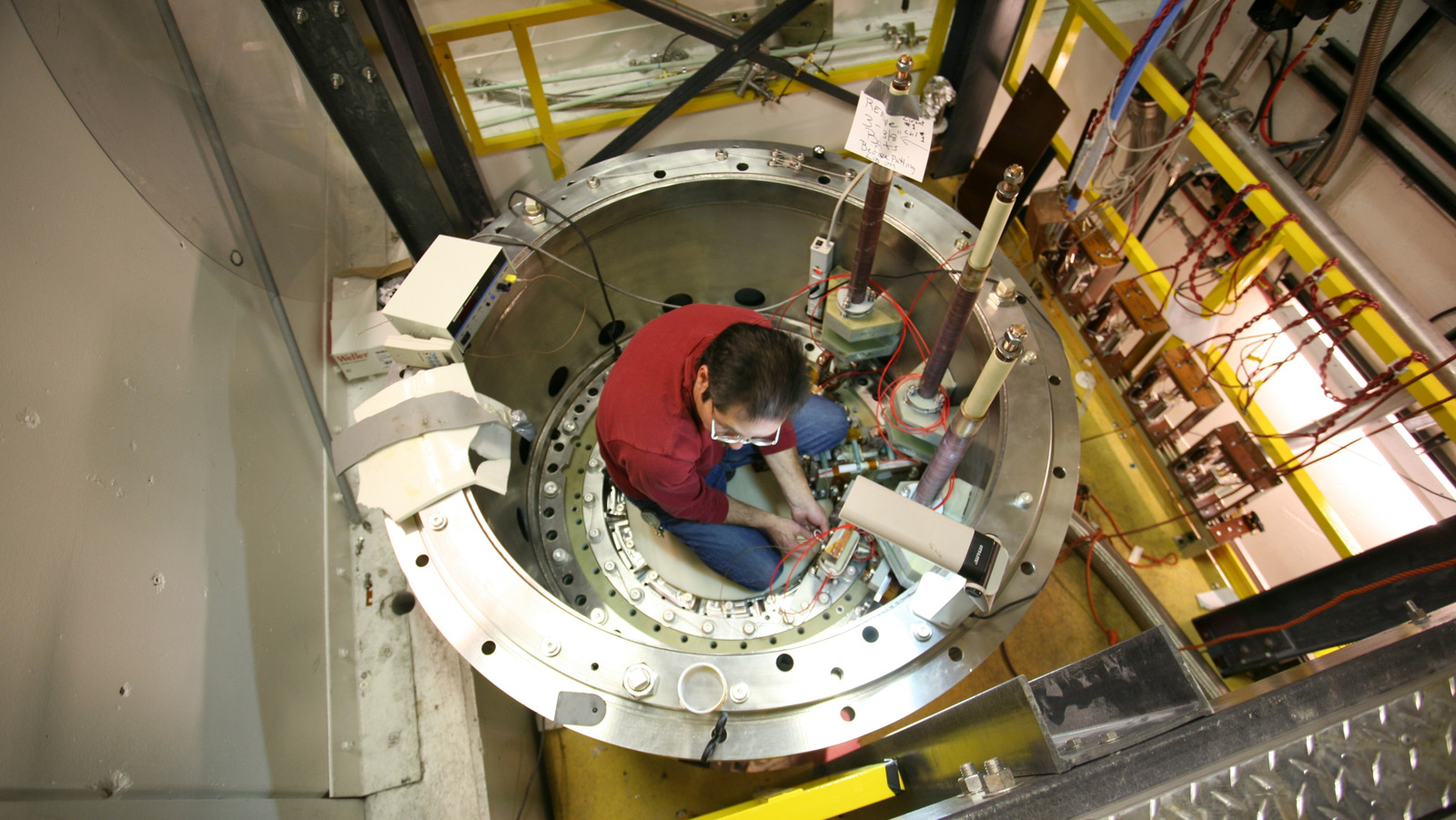In a significant advancement for scientific research, a team at the National High Magnetic Field Laboratory (MagLab) has successfully created the world’s first 100-tesla pulse magnet. This breakthrough, achieved at the Los Alamos National Laboratory in 2012, has the potential to transform the study of superconductivity and related fields.
The challenge faced by the scientists was formidable: previous attempts to generate such powerful magnetic fields often resulted in catastrophic failures, with magnets exploding almost instantaneously. For context, while the Earth’s magnetic field is a mere 50 microteslas, MagLab’s new magnet operates at a level approximately 2 million times stronger.
The Mechanics Behind the Magnet
MagLab’s 35-ton magnet features an innovative design composed of four electrical circuits, which include an outer coiled magnet and a smaller inner set. The outer coil is powered by a 1.4-gigawatt generator, delivering about 200 megawatts more energy than the famed DeLorean from “Back to the Future.” This energy capacity is equivalent to powering around 140 million LED lightbulbs.
To facilitate the rapid discharge necessary for generating such a strong magnetic field, the inner circuit uses a 2 megajoule capacitor. These components are housed within a dewar, which contains liquid nitrogen at a chilling -324.67 degrees Fahrenheit. Despite this cooling mechanism, the magnet requires approximately one hour to return to its optimal temperature after each use.
The Pulse Field Facility allows each magnetic pulse to last for three seconds, during which the field can reach 100 teslas in just 8 milliseconds. This extended duration—15 milliseconds—is significantly longer than the mere 0.0075 milliseconds typical of explosive magnets, thus enabling scientists to gather actionable data.
Applications and Implications
The implications of this technology extend across various scientific fields, from energy production to medical research. For instance, the ITER consortium, an international collaboration aimed at developing fusion energy, has constructed a massive 60-foot magnet based on similar principles. Additionally, MRI machines, which rely on strong magnetic fields, continue to advance our understanding of human health.
At MagLab, researchers are focused on probing the properties of superconductivity, which examines how particles behave under such intense magnetic conditions. This exploration is likened to astronomers using telescopes to peer into the universe; here, scientists are investigating the fundamental characteristics of particles that are otherwise undetectable.
The facility is also pivotal for testing new materials, a crucial step in the development of quantum technologies aimed at enhancing the efficiency and compactness of various devices. In the medical sphere, the Pulsed Field Facility aids in uncovering the biological mechanisms behind conditions like cancer and neurodegenerative diseases.
Recent studies have yielded significant findings, such as the identification of water-soluble chemicals in asphalt exposed to sunlight and the analysis of chemical compositions in Arctic rivers. Such research exemplifies the broad applications of the technologies developed at MagLab.
Despite its achievements, the facility faces challenges ahead. With a proposed 40% cut in funding as part of the 2026 budget discussions in Congress, the future of MagLab—and by extension, the U.S.’s leadership in magnetic research—remains uncertain. The outcomes of these funding decisions will have lasting impacts on scientific progress in this critical area.





































































